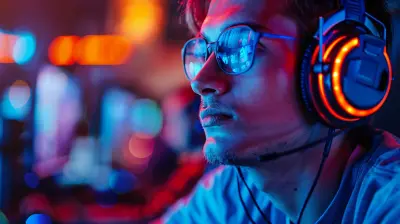Exploring the Evolution of Retro Game Graphics
26 October 2025
Gaming has come a long way. From pixelated blobs on a flickering screen to hyper-realistic 3D renderings that make you question reality—game graphics have evolved faster than a power-up mushroom in Mario. But there’s something pure, nostalgic, and downright charming about retro game graphics that keeps players coming back for more. Let's jump down the memory warp pipe and take a look at how these old-school visuals have evolved over time, and why they still matter in today's gaming world.
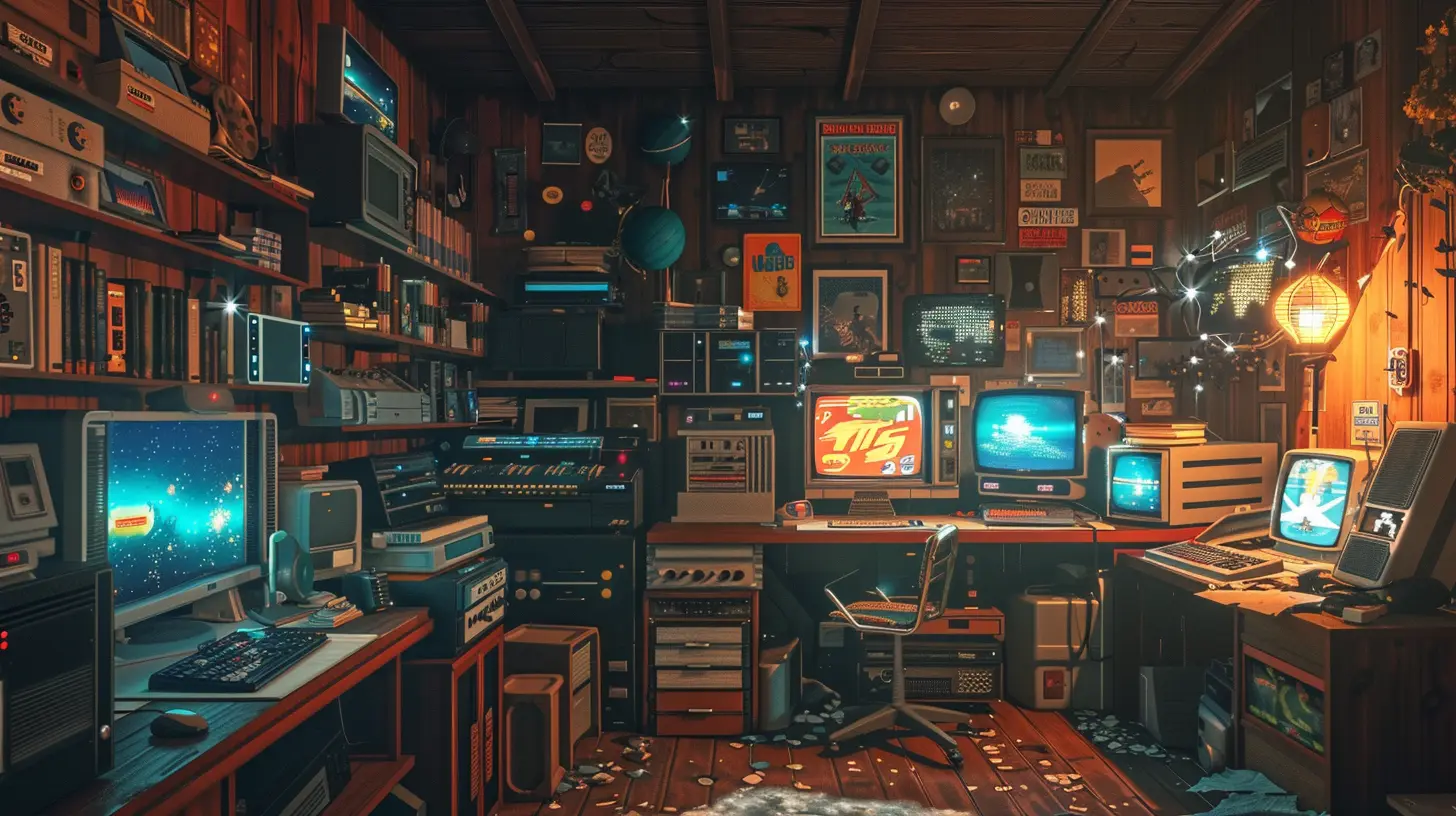
The Humble Beginnings: A Pixel at a Time
Let’s rewind to the late '70s and early '80s. Graphics back then? Well, they were barely more than blinking dots.Pong: Where It All Started
Remember Pong? Those white paddles slapping a square ball across the screen? That’s ground zero for video game graphics. It wasn’t flashy, but it didn’t need to be. The gameplay was simple and addictive.Back then, developers were limited by hardware that couldn’t handle more than a handful of pixels or colors. Early arcade games like Asteroids and Space Invaders used vector graphics and monochrome displays. They relied more on gameplay and imagination than visual fidelity.
But even with all these limitations, it was magic. Players were hooked.
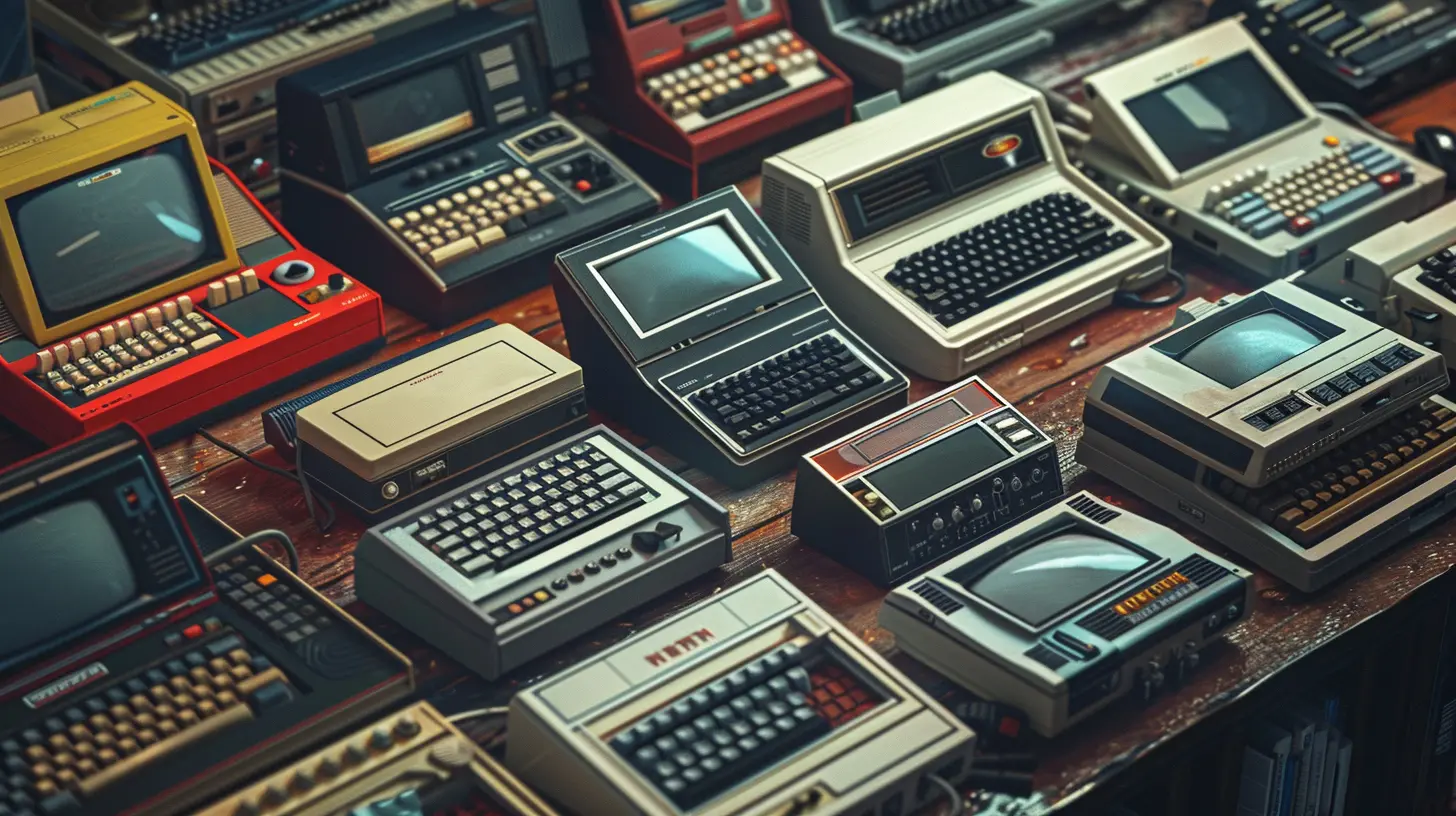
8-Bit Wonders: Enter the Pixels
Cue the sound of the Nintendo Entertainment System power-up chime. The 8-bit era brought a game-changing (pun intended) evolution in graphics.NES and the Rise of Iconic Pixels
When the NES dropped in the mid-80s, it introduced a new level of pixel art. Suddenly, characters had actual faces (sort of), and environments had more detail than ever before. It was like going from stick figures to blocky cartoons.Games like Super Mario Bros., The Legend of Zelda, and Metroid set a new standard. Artists worked with limited palettes—sometimes just 3 to 4 colors per sprite—but managed to create memorable, iconic visuals that people still love today.
What’s amazing is how they turned limitations into creativity. Every pixel mattered. Developers learned how to create shadows with just two colors or give the illusion of depth with clever placement. Pixel art became an actual art form.
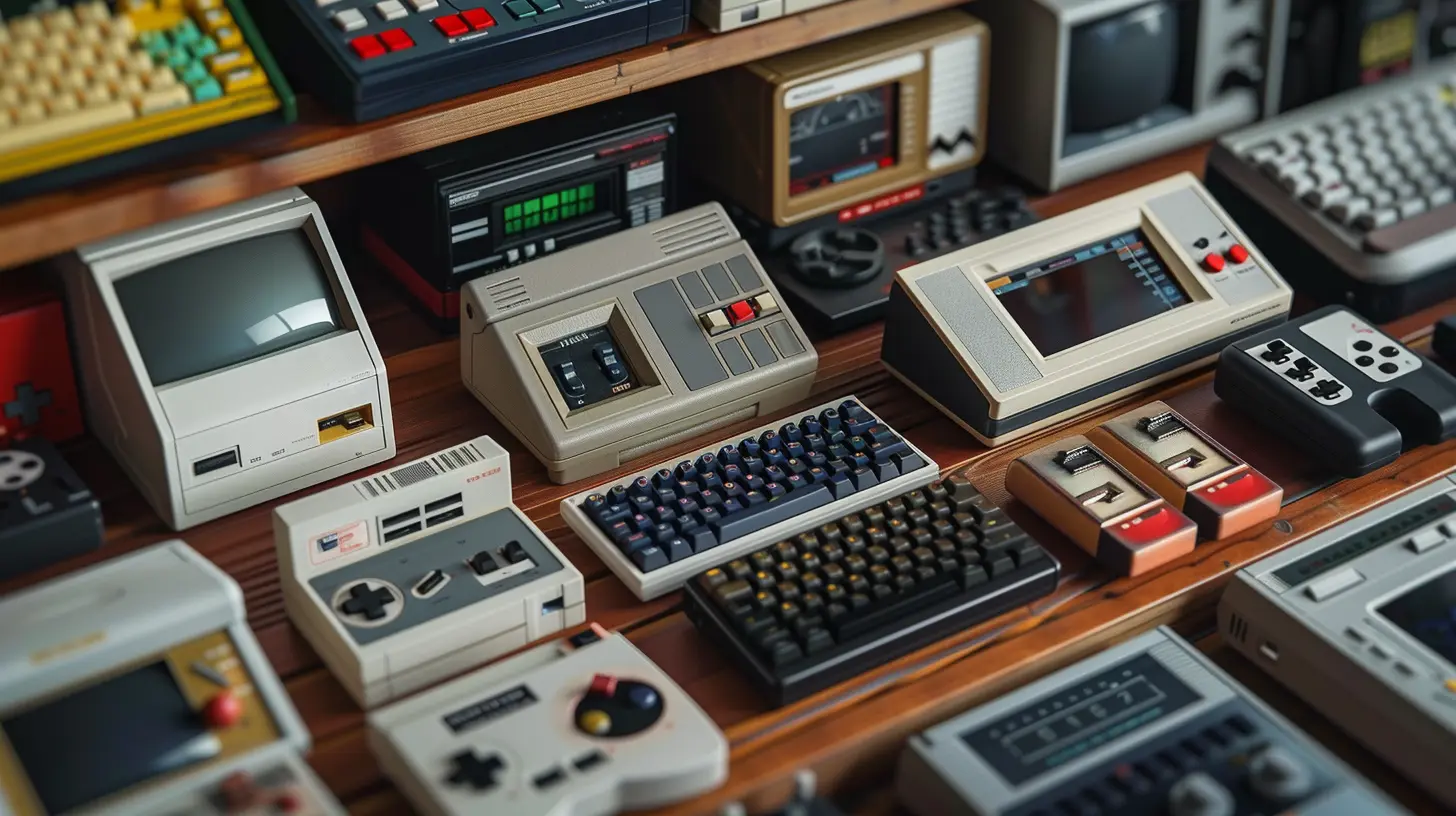
16-Bit Era: More Bits, More Detail
Fast forward a few years, and BAM—we’ve got the 16-bit era, aka the golden age of retro gaming.SNES vs. Sega Genesis: The Console Wars Heat Up
Graphics took a massive leap. Not only were sprites more detailed, but backgrounds became layered and dynamic. Water rippled, lights flickered, and characters started looking cool.The SNES, for instance, boasted “Mode 7” graphics which brought pseudo-3D effects. Remember flying over the track in F-Zero or the spinning overworld map in Super Mario Kart? That was Mode 7 flexing its muscles.
Over on the Sega Genesis, titles like Sonic the Hedgehog pushed the boundaries with high-speed scrolling and vibrant color schemes. Sonic was a blur—literally—and those loop-de-loops? Pure eye candy at the time.
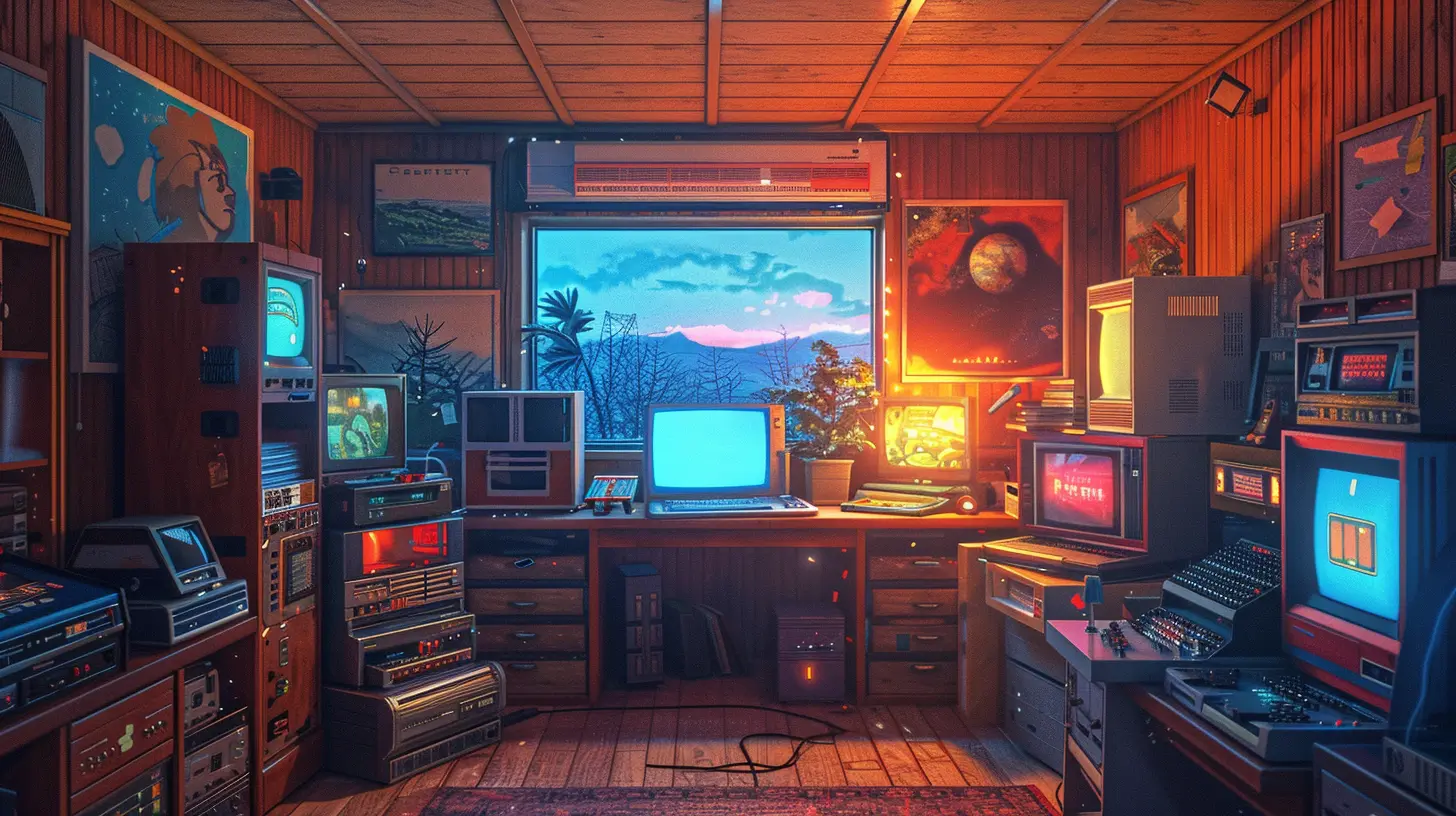
The Jump to 3D: When Things Got Polygonal
By the mid-'90s, gamers were ready for the next big thing: 3D graphics. Cue the polygon revolution.PlayStation and N64: From Flat to Full-On 3D
The original PlayStation and Nintendo 64 were the consoles that really brought 3D gaming to the mainstream. Games like Super Mario 64, Crash Bandicoot, and Tomb Raider made jaws drop.Yes, the polygons were pointy. Characters looked like they were made from cardboard. But back then? It was next-level. You weren’t just watching your character move left to right—you were moving through fully realized 3D worlds.
The shift also brought about a change in art style. Developers started experimenting with different perspectives, camera angles, lighting, and movement. The visual language of gaming was changing, and retro graphics were entering a new chapter.
Retro Revival: Why Old-School Graphics Still Rule
Now here’s the kicker. Despite all our current graphic capabilities, retro-style games are still massively popular. Why?Nostalgia, Baby
First off, let’s get real—nostalgia is a heck of a drug. Players who grew up with NES and SNES still feel a warm glow when they see those chunky sprites. It’s like cozying up with an old blanket (that occasionally throws fireballs).Pixel Art Is Timeless
There’s also the fact that pixel art doesn’t age the same way 3D graphics do. Early 3D games can look rough—like a low-budget claymation—but pixel art? Still gorgeous.Indie titles like Stardew Valley, Shovel Knight, and Celeste prove that pixel art can still deliver emotion, atmosphere, and storytelling. These games take the visual charm of older titles and polish them with modern tech.
Creativity Over Realism
Let’s not forget—retro graphics often force designers to be more creative. Instead of relying on realism, they focus on style and substance. Sometimes, less really is more.Compare that with modern AAA titles where everything looks amazing but can sometimes feel soulless. Retro-inspired games often pack more personality in a few pixels than some modern games do with a million polygons.
Graphic Milestones in Retro Gaming History
Let’s hit some high points that defined the evolution of retro game graphics:| Year | Milestone | What Changed? |
|------|-----------|----------------|
| 1972 | Pong | Basic black-and-white visuals introduced gaming to the world. |
| 1985 | Super Mario Bros. | Pixel art hit home consoles in a big way. |
| 1987 | The Legend of Zelda | Introduced detailed world-building with 8-bit graphics. |
| 1991 | Sonic the Hedgehog | Fast-paced, colorful 16-bit graphics wowed gamers. |
| 1996 | Super Mario 64 | Defined what 3D platformers should look like. |
| 1998 | The Legend of Zelda: Ocarina of Time | Pushed 3D storytelling and environments forward. |
Retro Graphics in the 21st Century
You’d think with 4K resolution and ray tracing, we’d leave retro graphics behind. Nope, they’re alive and well—and thriving.Indie Boom
The indie game movement has embraced retro graphics like a long-lost friend. Developers use pixel art not out of necessity, but by choice. It's affordable, accessible, and instantly recognizable.Retro Consoles & Remasters
From Nintendo's NES Classic to Sega Genesis Mini, retro consoles are flying off shelves. Even better? Remastered classics like Final Fantasy VII and Link’s Awakening blend old-school vibes with new-school polish.
Why Retro Graphics Appeal to Modern Gamers
So what’s the pull, especially for newer gamers who didn’t grow up with an NES controller in their hands?Simplicity and Focus
Retro games often strip things down to the basics—no bloated menus, no endless tutorials. Graphics are clean, gameplay is tight, and it’s all about having fun. Simple can be powerful.Artistic Style Over Photorealism
Let’s be honest—just because something looks real doesn’t mean it looks good. Retro graphics have a distinct aesthetic that feels artistic rather than artificial.Community and Culture
There’s a whole culture around retro gaming, from speedrunning to modding to preservation. Graphics are a big part of that identity. It’s like vinyl records for music lovers—classic and cool.The Future of Retro Graphics
So, where do we go from here? Should we expect another pixel revolution?We might not see a return to 8-bit limitations, but the influence of retro graphics is here to stay. Expect more hybrid styles—modern lighting, old-school sprites. More games that blend the old and new into something unique.
And honestly? That’s kinda beautiful. Retro graphics remind us where games came from, while still pushing us to imagine what’s next. It’s not about going backward—it’s about keeping the soul of gaming alive.
Final Thoughts
Retro game graphics have done more than just age gracefully—they’ve earned their place in gaming history. From blinking dots to brilliant sprites, from polygonal pioneers to modern indie masterpieces, the journey has been as colorful as a Mega Man boss fight.And let’s be real: no matter how advanced gaming becomes, there will always be a special place in our hearts for those pixelated worlds and blocky heroes.
After all, who needs millions of polygons when a few perfectly placed pixels can say it all?
all images in this post were generated using AI tools
Category:
Classic GamesAuthor:

Avril McDowney
Discussion
rate this article
1 comments
Zarenith Pratt
From pixels to panoramas, each frame a memory—nostalgia whispers through vibrant colors, reminding us where gaming began.
November 4, 2025 at 4:55 AM

Avril McDowney
Thank you! I'm glad you resonated with the nostalgia and transformation of gaming graphics—it's fascinating to see how far we've come while still cherishing those vibrant memories.


